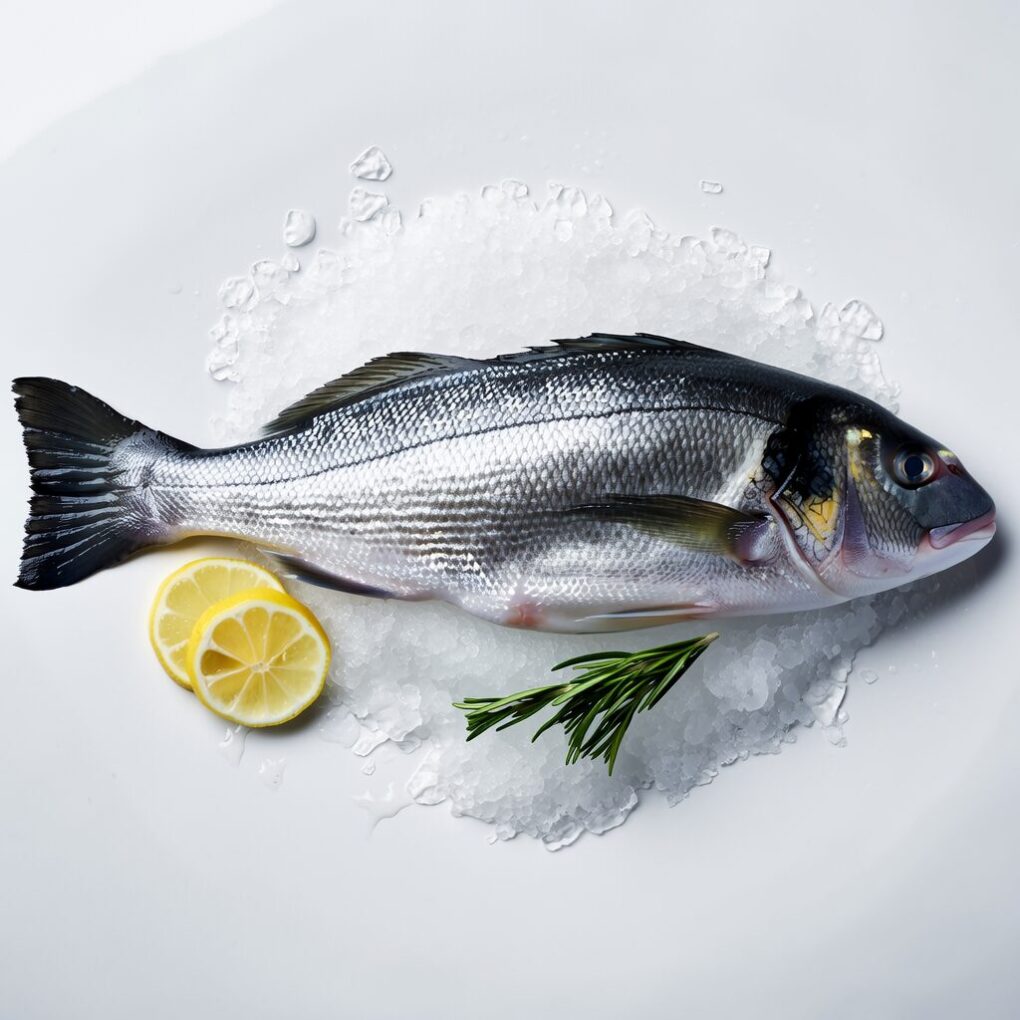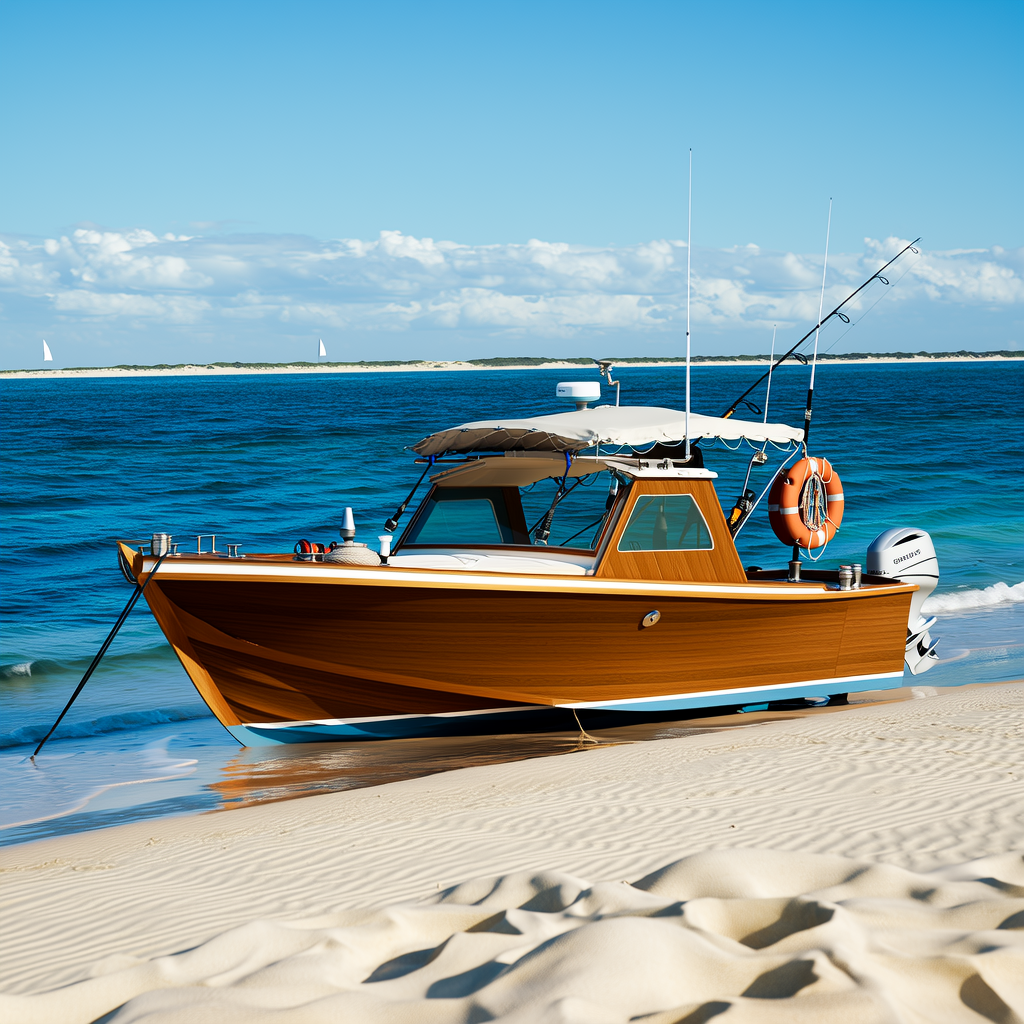Sturgeon fish are an ancient group of fish species that has existed for over 200 million years. With their unique physical characteristics and fascinating behavior, they are one of the world’s most fascinating and unique species of fish. Sturgeon fish is highly valued by many cultures around the globe, and is considered one of the most important types for human consumption. This article will explore the fascinating world sturgeons, including their physical features, behavior, habitats, diet, etc.
Sturgeon Fish Physical Characteristics
Sturgeon fish have elongated bodies that can reach a length of up to 20 feet. The fish can weigh up to 1,500 pounds. They are among the largest freshwater species in the world. Sturgeon fish have unique physical characteristics, including five rows of bony plate, or scutes along their body. These scutes protect the sturgeon from predators and other threats in their environment.
The snout of the sturgeon is a long, pointed structure that is used to hunt and feed. The mouth of sturgeon fish is located under their head and is equipped with barbels that are used to locate food at the bottom of rivers or lakes. The powerful tail of the sturgeon fish allows them to swim against strong currents.
Sturgeon Fish Behavior
Sturgeon fish are well-known for their unique behavior. This includes jumping out of water, rolling and even making noises. These behaviors are thought by some to be a means for the fishes to communicate, establish their territories, or find food. The lifespan of some species of sturgeon fish can reach 100 years.
The sturgeon fish is migratory and travels long distances to reach its spawning grounds. During the spawning period, they are also known for their jumping behaviour. This is thought to help them overcome obstacles and reach their breeding grounds. Sturgeon fish are a symbol for strength, perseverance and resilience in some cultures.
Habitat and distribution of Sturgeon Fish
Sturgeon fish can be found in many freshwater habitats including rivers, estuaries, and lakes. They are found mainly in the Northern Hemisphere and are widely distributed throughout Europe, Asia and North America. Sturgeon fish are found in both the Caspian Sea, and the Black Sea. Sturgeon fish can adapt to a variety environments and tolerate a wide range in water temperature and salinity.
Sturgeon fish are threatened by habitat destruction, pollution, and overfishing. Many species of sturgeon are critically endangered or endangered and require urgent conservation efforts in order to protect them and habitats.
Sturgeon Fish Diet
Sturgeon fish are carnivorous and feed on a variety prey including small fish, insects, crustaceans and crustaceans. They are known for bottom-feeding, where they use barbels to locate prey on the bottom of rivers or lakes. The sturgeon fish also feeds on dead fish, organic matter and other organic material. This provides them with vital nutrients.
Sturgeon fish use a unique feeding method where they actively filter food particles with their gills rakers. This feeding mechanism allows the fish to consume large amounts of food in a very short time. It also helps them conserve energy.
Sturgeon fish is used for many things.
Many cultures around the globe value the Sturgeon fish, and it is considered one of the most important fishes for human consumption. Sturgeon fish are prized for their delicious and rich meat, which can be used to make caviar – one of the most expensive food items in the entire world.
Sturgeon fish skins are also used by various industries. For example, the leather industry uses their skins to produce high-quality leather goods. Their swim bladders can also be used to produce isinglass, which is a type gelatin used in the production beer and wine.
Sturgeon Fish Conservation
Sturgeon fish are threatened by habitat destruction, pollution, overfishing and pollution. Many species are critically endangered. To protect sturgeons and their habitats, conservation efforts are urgently required. These efforts include habitat management, fishery management and anti-poaching.
Conservation organizations work tirelessly to promote sustainable fishing and protect the sturgeon. By raising public consciousness and promoting responsible practices of fishing, we can ensure sturgeon fish will continue to thrive in the future.
Conclusion
Sturgeon fish are an interesting and unique group of fish species. They have captured the interest of people all over the world. Sturgeon fish are a valuable species because of their unique physical characteristics, interesting behavior and important role in human industry and culture. Sturgeon fish are threatened by habitat destruction, pollution, overfishing and pollution. Urgent conservation efforts are required to protect them and habitats.
We can ensure the continued survival of sturgeons by promoting responsible fishing, habitat conservation and public awareness. This will benefit both people as well as the environment.




